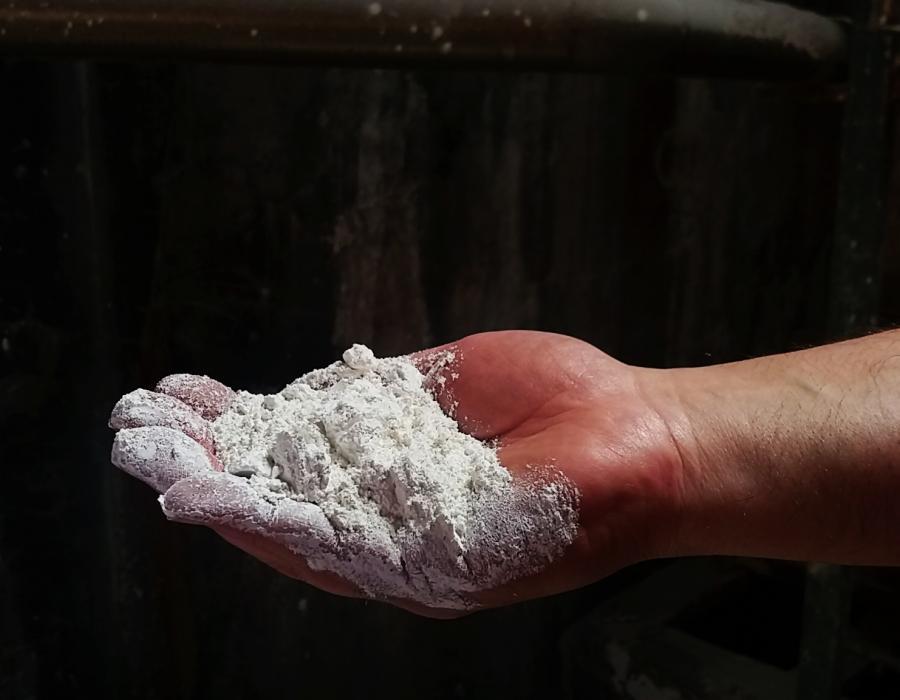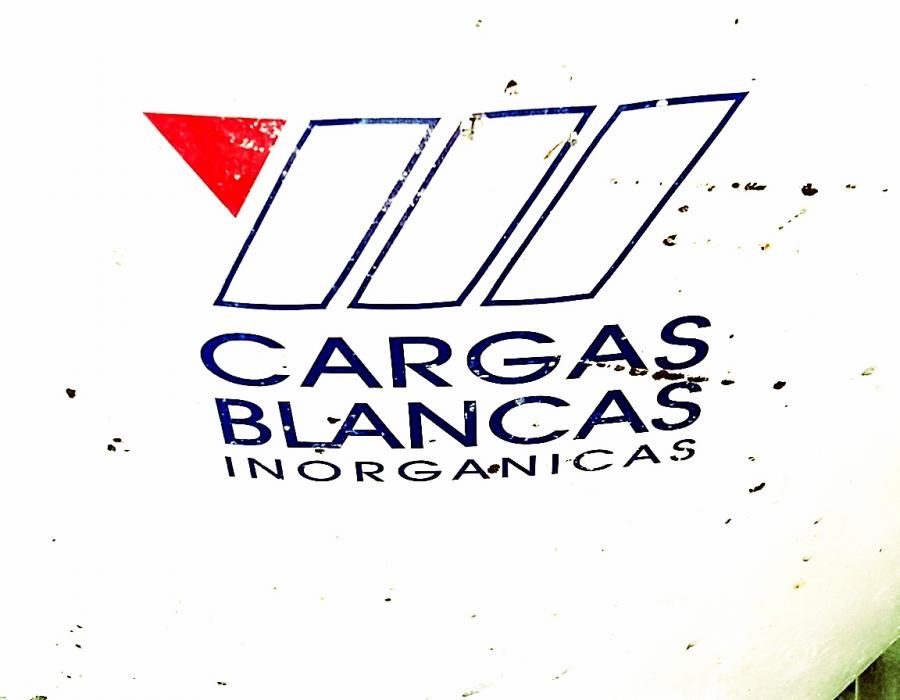When you look at a paper, the first basic and most evident component that you notice is the cellulose, which may take the form of long or short fibres. However, these threads, viewed under a microscope, may contain other elements that are also part of the composition, although they are invariably unknown: these are fillers.
Fillers are a set of powder products of mineral origin (normally calcium carbonate and sulphate, kaolin, talc and silica) that fill the spaces left between the cellulose fibres in the manufacture of paper. However, this is not their only function: fillers’ main function is to join the fibres and ensure their consistency to facilitate the proper formation of the paper, acting as a kind of glue. Fillers thus help to provide the material with body, to gain in volume and consistency.
This component gives papers an even and flat surface, although this is not noticeable in the material at first sight. They also soften the material and afford it greater smoothness. In terms of appearance, they reduce the paper’s transparency, making it duller, while also improve its printing conditions. They can also help to give the paper greater whiteness, although this will vary depending on the specific filler materials used in the paper.
However, fillers do not only affect the aesthetic side, as they are also highly relevant in terms of grammage. Hence, other variables that are impacted by the presence of fillers include weight and density, which in turn are also highly interrelated. Minerals that are used as fillers are heavier than the cellulose fibres, whereby they increase the paper’s density while taking up less space. This leads to the need to control the percentage of fillers in the composition, which will depend on the application the material will be used for in each case.
Nevertheless, and despite any mechanical benefits they may provide, fillers have one main drawback: they reduce quality. This is because they take space away from the fibres, leading, in turn, to a reduction in strength, rigidity and the mechanical properties provided by the cellulose. The higher the percentage of fillers in the composition, the lower the quality of the resulting material, which will also be more fragile.
For example, a paper with many fillers and a scant amount of fibre will be optimal for standard printing, although it will not be able to withstand all the opening and closing to which a book or a rigid case are subjected. With a view to constantly providing the best possible material for any Premium project, the Guarro Casas papers maintain the minimum possible amount of fillers, usually 4%, in order to leverage their benefits without compromising product quality, thus guaranteeing that these papers can be used in all their possible applications in a problem-free way.


On many occasions, a high percentage of fillers is used in order to economise on paper and to reduce the price of the product, since these mineral materials are more inexpensive than cellulose fibres. Of course, this compromises quality. A designer, printer or anyone who needs to use paper in their project must therefore choose between economising or using a sturdy and exclusive product.
Finally, we should not forget that the use of fillers in the paper industry, while fundamental, has an impact on the environment. As they are made with powder extracted from stone, the latter cannot be replenished in nature, since stone and rocks cannot be replaced. On the other hand, cellulose is obtained increasingly more from trees planted in forests for this specific purpose, meaning that these forests can be replanted without jeopardising the environment to the same extent. Paper made entirely with fillers is not recyclable, which means that paper that contains a high percentage of this material is less ecological. The papers manufactured by Guarro Casas take this factor into account and are highly environmentally-friendly: they contain a very small percentage of fillers and are endorsed by the corresponding ecological certificates.
